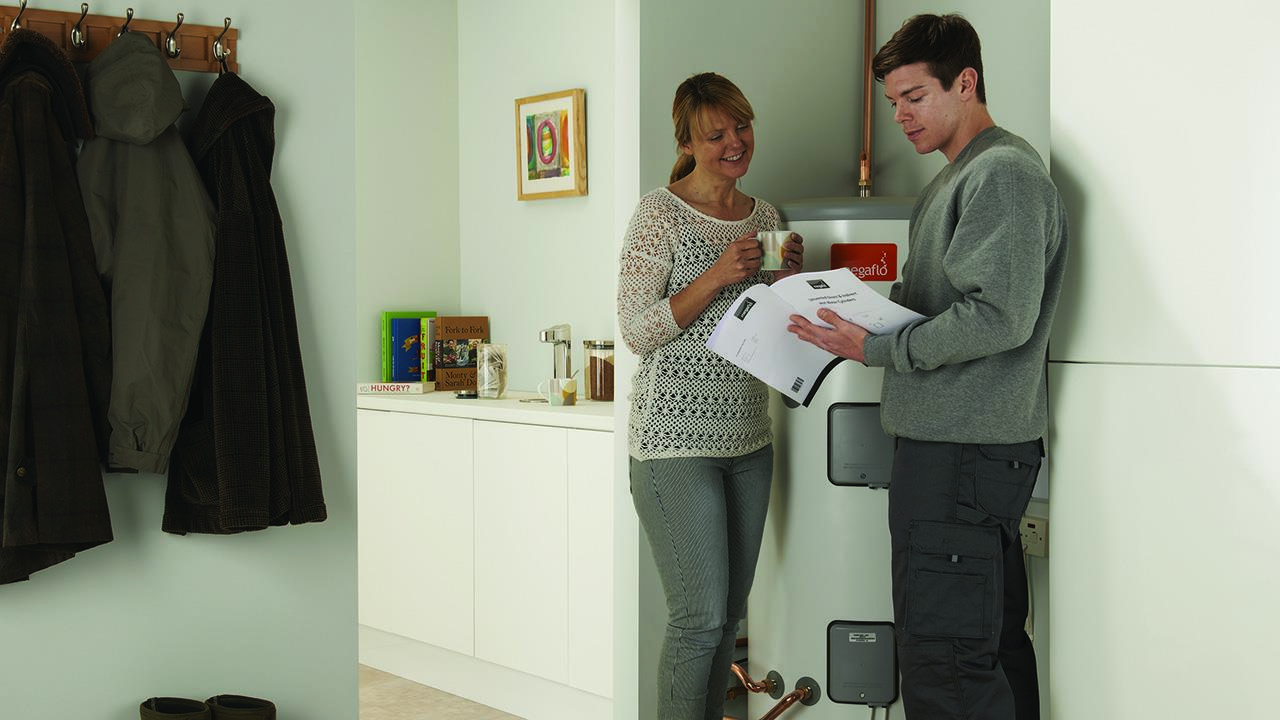

George Linder, Product Manager at Heatrae Sadia, gives installers a thorough overview of cylinder servicing best practice.
While many customers will understand the need to call a Gas Safe-registered professional to service a boiler every 12 months, they may be less sure of what the requirements are for cylinders. Any cylinder also needs to be checked annually by a G3 qualified engineer. It is essential that installers emphasise this as some individuals may take the ‘out-of-sight, out-of-mind’ approach, which could create more problems than it solves.
Regular maintenance will not only help to ensure that the new system is safe and efficient but, importantly, it will protect the warranty. Manufacturers are increasingly making an annual service a condition of a valid warranty so, in order to remain covered, customers need to ensure they keep on top of organising a yearly service.
Be prepared
Installers should ensure they are familiar with the specific cylinder and make sure that they have the manufacturer’s instructions to hand for the particular model. Guidance can be found on a manufacturer’s website, or by contacting them directly, should the product manual not be present. Each appliance varies, so these instructions are invaluable.
It is worthwhile having a conversation with the homeowner before starting any service to find out if they have noticed anything out of the ordinary with the cylinder. For example, the cylinder may have started leaking recently which would immediately flag an issue. Before fault finding, a visual check of the cylinder should be conducted to ensure the outer casing looks normal, pipework is not loose, and that there aren’t any obvious defects.
To help with fault finding, some Heatrae Sadia products have integrated fault diagnosis to make repair easier. These are typically displayed by flashing LED light sequences or by a digital display on the fascia of the appliances.
Expansion vessel
When servicing unvented cylinders, it is important for heating engineers to check the expansion vessel in order to maintain the safety, integrity, and performance of the hot water. Before any work can be carried out, it is essential to turn off the power source.
Cylinders with an internal floating baffle expansion system, otherwise known as a bubble top, such as the Megaflo Eco, need to be partially drained in accordance with the procedure stated in the manufacturers’ instructions, and then refilled.
For systems with an external expansion vessel, the mains water supply to the cylinder should be turned off and then a hot tap opened to depressurise the cylinder. The pressure of the expansion vessel should then be checked and, if necessary, recharged according to manufacturer guidelines. Once this has been completed, the mains water supply can then be reopened.
Test the controls
Installers should check that any interlocks with external controls are working effectively, such as an external heating programmer. If this is running correctly, the thermostat needs to be considered next. To test if this is still operating at optimum level, make sure that the appliance is hot and then check the outlet temperature at the tap closest to the cylinder to see if it matches that of the storage temperature. When doing this, do not use a mixer shower if this is the closest outlet as this will reduce the temperature of the water and provide an inaccurate reading.
The service engineer should also:
Taking the time to explain the importance of each of these checks to customers will increase their confidence and bring them peace of mind. This is a great way to ensure they continue to have their cylinder serviced on a yearly basis.
If you'd like to keep up-to-date with the latest developments in the heating and plumbing industry, why not subscribe to our weekly newsletters? Just click the button below and you can ensure all the latest industry news and new product information lands in your inbox every week.